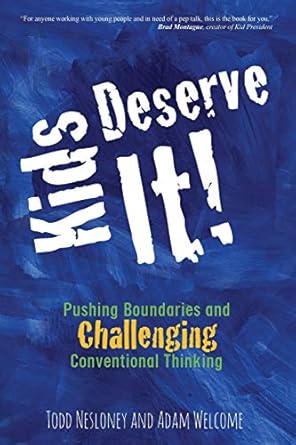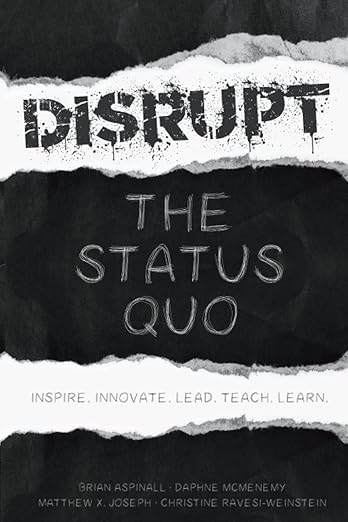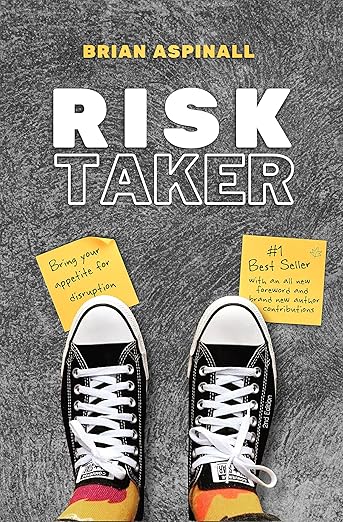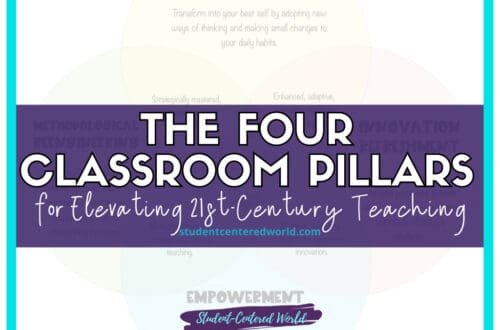Why a Student-Centered Approach is What We Need
(This post may contain affiliate links that won’t change your price but will share some commission. As an Amazon Associate, I earn from qualifying purchases. Please read our disclosure policy for more information.)
The student-centered classroom has become a focal point in education in recent years, prompting many to ask, “What is the student-centered approach to learning?” This instructional approach shifts the emphasis from traditional, teacher-led lectures to an environment where students take an active role in their education. By embracing the student-centered approach, teachers encourage students to take ownership of their learning, build critical thinking and problem-solving skills, and engage with material in different ways that best suit their unique needs and learning styles.
In a student-centered classroom, students learn at their own pace and are encouraged to pursue topics of interest, creating a more personalized and meaningful learning experience. Teachers guide students in setting learning goals, managing their progress, and engaging in reflective practices. While some may feel hesitant to move away from the familiar teacher-centered classroom structure, research and experiences from the field show that the student-centered approach offers significant benefits. This method involves active learning, where students engage in group work, participate in project-based learning, and explore big ideas through inquiry-based learning.
A key benefit of the student-centered approach is its ability to nurture intrinsic motivation and foster a love of learning. When students have a voice in their learning process, they feel a greater sense of agency and connection to the material, which encourages deeper engagement and persistence. This approach also prepares students for real-world situations, where independent thinking, collaboration, and adaptability are essential. By developing these skills in the classroom, students are better equipped to face future challenges and pursue lifelong learning. The shift to a student-centered model not only enhances academic achievement but also promotes personal growth and resilience.
What is Student-Centered Education?
At its core, student-centered education is about empowering students to take charge of their learning journey. Unlike the teacher-centered model, where educators direct most of the learning, the student-centered approach encourages students to be active participants and collaborate with peers in various forms of group projects and discussions. This approach helps students develop problem-solving skills, communication skills, and a strong sense of ownership over their education.
A student-centered environment relies on student choice and flexibility. Whether through independent work, small groups, or collaborative learning environments, students explore concepts at their own pace and engage in self-directed learning. The teacher’s role becomes that of a guide, helping students navigate their learning journey and providing support tailored to each student’s needs.

Additionally, this approach fosters deeper engagement and critical thinking as students are encouraged to explore content in meaningful, personalized ways. For instance, by choosing project topics that resonate with their interests, students not only invest more fully in the task but also develop lifelong learning habits that can extend beyond the classroom. Activities that encourage inquiry and experimentation allow students to think creatively and develop higher-order skills, such as analyzing and evaluating information rather than simply memorizing it.
In a student-centered model, flexibility also applies to assessment methods. Teachers can utilize formative assessments, peer reviews, and reflections, rather than traditional exams alone, to gauge each student’s progress in real time. This approach allows teachers to recognize and celebrate each student’s unique strengths, encouraging further growth. Students become empowered to take risks, learn from mistakes, and understand that their learning is an ongoing journey shaped by their active participation and self-reflection.
Benefits of a Student-Centered Learning Environment
Embracing a student-centered classroom offers advantages for both students and teachers, fostering a more dynamic and collaborative learning environment. Here are some key benefits of student-centered learning:
- Increased Student Engagement: When students have an active role in their education, they feel more motivated and connected to the material. This engagement leads to higher levels of student performance and academic achievement across different grade levels.
- Enhanced Critical Thinking and Problem-Solving Skills: The student-centered approach emphasizes active learning and critical thinking. By working on projects, solving real-world problems, and participating in inquiry-based learning, students develop essential skills that will benefit them throughout their lives.
- Adaptability for Unique Student Needs: In a student-centered environment, instruction is tailored to the distinct learning needs of each student. Teachers can adjust lessons based on formative assessment feedback, ensuring that each student progresses at a comfortable pace and receives the support they need.
- Encouragement of Collaboration and Communication: Group work and collaborative learning are central to student-centered instruction. Students learn to communicate effectively, share ideas, and support one another, preparing them for future higher education and professional settings.
- Long-Term Retention and Lifelong Learning: Studies show that learner-centered approaches promote long-term retention of information, as students become lifelong learners who take an active interest in their own education.
How to Implement Student-Centered Learning in the Classroom
Transitioning to a student-centered classroom can seem daunting, especially for teachers accustomed to direct instruction. However, with a few best practices and instructional strategies, you can create a classroom where students feel empowered and engaged. Here are some actionable steps to get started:
- Integrate Formative Assessments: Use formative assessments regularly to gauge student progress and understand where individual students may need more support. This type of assessment provides immediate feedback and allows teachers to adjust lessons in real-time, supporting each student’s learning goals and ensuring they grasp the material.
- Foster Student Choice and Ownership: One of the most effective ways to make your classroom student-centered is by incorporating student choice in the learning process. Allow students to select from a variety of project options or let them explore topics that interest them. This sense of ownership enhances their connection to the content and encourages them to dive deeper.
- Encourage Group Work and Collaboration: Collaborative learning is an essential element of the student-centered approach. Regularly organize small groups and group projects to encourage students to communicate, share ideas, and work together to solve problems. This approach also builds a supportive classroom setting where students feel comfortable expressing their ideas.
- Create a Flexible Learning Space: In a student-centered learning environment, the classroom setting should be adaptable. Arrange your classroom to allow for various forms of learning, such as independent study areas, group seating, and spaces for cooperative learning. This flexibility enables students to learn in the ways that suit them best.
- Build Strong Relationships with Students: Building strong relationships with students is critical in a student-centered classroom. Take time to understand their interests, learning preferences, and goals. This connection helps teachers identify the unique needs of each student and create a supportive environment that nurtures lifelong learners.
Addressing Challenges with Student-Centered Instruction
Transitioning to a student-centered approach is not without challenges. Some students may initially resist taking a more active role in their education, especially if they are accustomed to the traditional classroom model. In these traditional settings, students may be used to teacher-led instruction where information is delivered directly, and passive listening often outweighs active participation. Moving into a setting that encourages them to take responsibility, contribute ideas, and work in small groups or project-based assignments can feel overwhelming, particularly for students who thrive on clear structure and predictable routines.
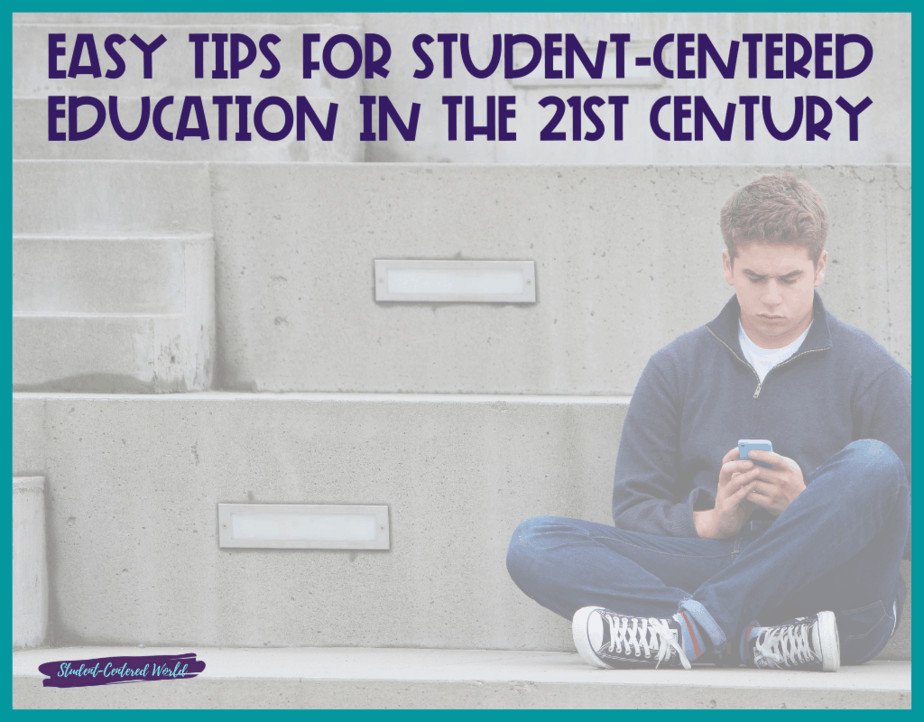
Another challenge lies in the demands on teachers for planning and preparation. Crafting a student-centered lesson often requires more upfront time and effort as teachers plan for flexible learning activities, establish differentiated pathways for students, and anticipate various responses from diverse learners. Developing student-centered lessons involves designing learning experiences that consider each student’s abilities, interests, and pace. Unlike teacher-centered lessons, which can often rely on a single, lecture-based plan, student-centered instruction asks educators to create multiple entry points and scaffolding strategies. This can initially feel time-consuming, especially for teachers managing large class sizes or juggling other responsibilities.
Managing a student-centered classroom can also introduce logistical challenges. A dynamic, active classroom involves students working in groups, engaging in discussions, or working independently on different projects, which can appear chaotic. Some teachers may worry that this environment will become difficult to manage and that students will lose focus or become disruptive without the centralized control of traditional teaching. Additionally, with each student working at their own pace and on potentially different tasks, it can be difficult to ensure that every student is on track and making meaningful progress.
However, by implementing learner-centered instruction in small steps, these challenges can be overcome. Start by integrating student voice into small assignments, gradually increasing their involvement until they are comfortable with active participation and student choice. For instance, beginning with “choice boards” or simple options where students select from a few different ways to engage with the material (such as reading an article, watching a short video, or participating in a hands-on activity) can encourage autonomy without overwhelming them. Teachers might also begin by focusing on just one aspect of student-centered learning, like fostering student discussion or integrating project-based learning into a single lesson, before expanding to more complex activities.
To help ease the preparation burden, teachers can use resources like templates, project guidelines, and online resources that streamline planning. Many educators find success by setting up routines and procedures that encourage students to move smoothly between tasks. Organizing materials, grouping strategies, and flexible seating arrangements can also help facilitate a student-centered environment. Over time, as students and teachers become more comfortable with this approach, the preparation and classroom management become more intuitive, and the time spent on planning decreases.
In addition, providing clear expectations and structure within a student-centered model can prevent the classroom from becoming chaotic. Establishing routines, guidelines, and collaborative norms allows students to understand their roles and responsibilities within the classroom environment. For example, regular check-ins, both in group settings and one-on-one, can help students stay on track and ensure they are making progress. Teachers might set up “mini-conferences” with students throughout the week, providing feedback and guiding them in their work without taking away their autonomy. Formative assessment tools, like quick exit tickets, reflection journals, or digital assessments, can also offer teachers ongoing insight into student understanding, allowing for real-time adjustments to meet individual needs.
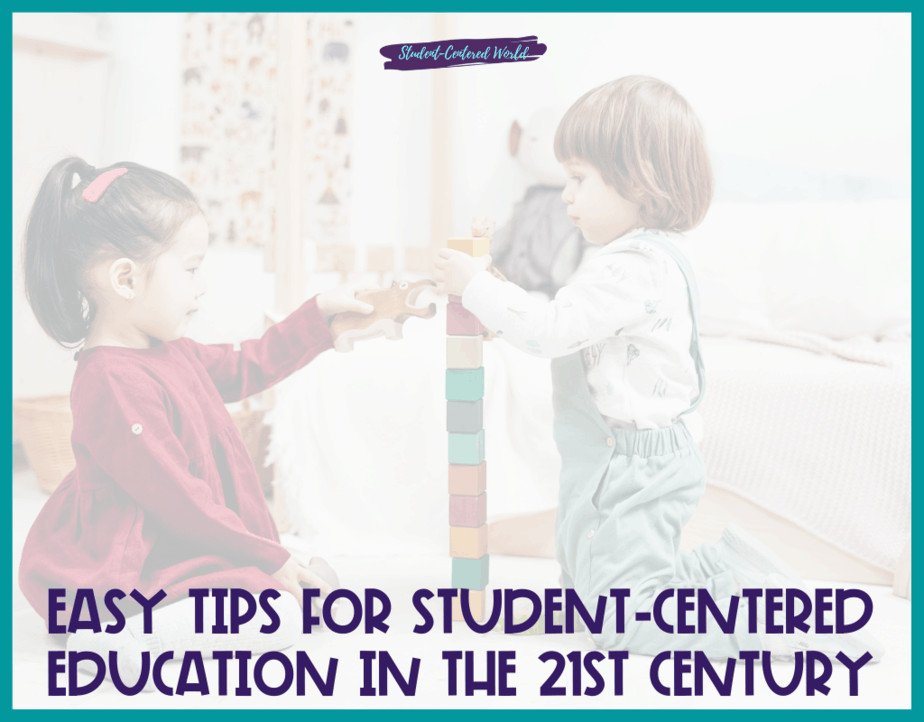
Another strategy is for teachers to embrace flexibility and adaptability as they transition to student-centered learning. Sometimes, students will struggle with new responsibilities and may need extra support. Teachers can provide a range of choices and allow students to select activities that feel manageable, helping them build confidence in their decision-making. Additionally, fostering a growth mindset within the classroom helps students view challenges as opportunities for learning. Encouraging students to take risks and accept that mistakes are part of the process reinforces a supportive, resilient classroom culture.
Seeking out professional development or collaborating with other educators can be invaluable for teachers facing challenges with student-centered instruction. Many schools and districts offer resources, workshops, or peer mentoring that focus on learner-centered approaches. Professional development offers teachers new strategies, tools, and insights that can help them manage their classrooms effectively, saving time and effort in planning and execution. Teachers can also join online communities or participate in local workshops to share resources and discuss effective student-centered strategies with colleagues.
Over time, the benefits of student-centered learning will become evident in the increased student engagement and improved student outcomes. Students who once felt hesitant or resistant to taking a more active role in their learning will likely begin to appreciate the freedom and responsibility they gain in a student-centered environment. As they become familiar with making choices, collaborating, and working on projects, their confidence and motivation often increase. Teachers will also find that their workload shifts as the upfront planning effort gives way to a smoother, more self-sustaining classroom dynamic where students take more ownership of their learning.
When these challenges are met with persistence and the gradual adoption of strategies, the rewards of a student-centered classroom can be profound. This instructional approach not only empowers students but also revitalizes the teaching experience, fostering a classroom where both teachers and students feel inspired and engaged.
Ready to Begin Your Student-Centered Journey?
The student-centered approach is more than just a teaching method—it’s a way to inspire and empower students to become active participants in their learning process. By implementing best practices in student-centered instruction, educators can create a learning space that fosters student engagement, encourages critical thinking, and supports academic achievement across different grade levels and school districts.
For more tips, resources, and guidance on implementing student-centered education effectively, check out Student-Centered World. With the right strategies, you can transform your classroom and witness firsthand the incredible outcomes that a student-centered learning environment can deliver.
Interested in some books that will also fuel your motivation? Check out some of my favorites below (ad).
Stop Driving the Teacher Struggle Bus
Are you struggling with student engagement, apathy, or keeping your class on track?
💫💫 There’s hope! 💫💫
If you’re ready to take the first step towards reviving student engagement and transforming your classroom, I invite you to join me for my free workshop “Reversing Student Apathy” designed to equip educators with innovative strategies that work.

This free teacher workshop offers educators a valuable opportunity to explore and address student apathy. By examining its causes and discussing strategies, participants will learn how to make meaningful changes in their teaching methods that are actually working. The sessions are engaging and collaborative, allowing educators to share experiences and develop a collective approach to improving student engagement.
Highlights include:
- Understanding the roots of student apathy and its impact.
- Strategies for enhancing classroom dynamics.
- The importance of educator-student relationships.
- Innovative teaching approaches for today’s students.
By the end of the workshop, you will not only understand what you need to accomplish to stabilize the 4 pillars of your classroom, but you will also walk away with 5 tangible ideas to try in the classroom the very next day.
Join today to be part of the solution to reigniting student enthusiasm and engagement.
This article was originally published on September 13, 2018.



